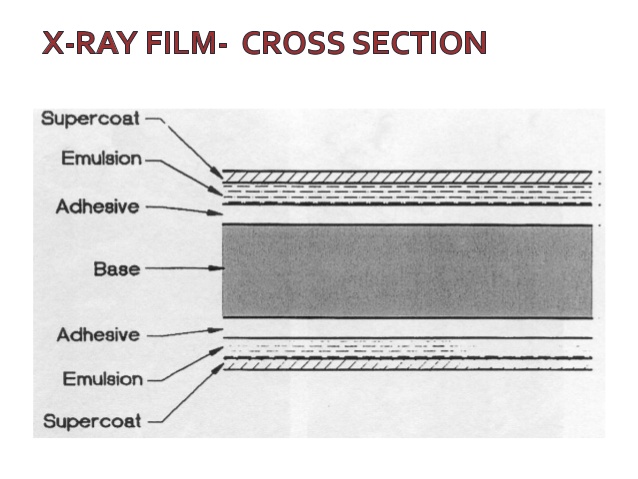Hello my dear friends, before starting this post I want to wish you a new year with a lot of peace, protection, patience and many images of course !!!Continuing with the explanation about shutter speed in photography and cinema, and as in In the last post I explained the shutter speed in the photo, in this post I will explain how the mechanical shutter and angles work in the cinema. Always remember that the eMania blog contains a large collection of messages related to the photography, cinematography and it’s worth a look!
[button url?https: //blog. emania. com. br/?] BLOG eMANIA [/ button]
- Exposure of an image in cinematography has the same measurement as we mean by still photography.
- That is.
- Control the entry of the amount of light into the camera lens to correctly print the film or camera sensor.
- But unlike still photography.
- Cinematic display takes into account different variables.
- The main thing is that the image is moving.
- In a cinema camera.
- The shutter and diaphragm also control the amount of light.
- The same principle as a camera.
- But the process is different.
Before you start describing shutter speed in cinema cameras, it’s important to mention how motion capture works and what the frame rate means. A film consists of a sequence of images
The moving image is composed of a sequence of images and depending on the number of these images that make up this sequence, this is what will determine the speed of motion of the captured image. The smaller the number of images captured (images), the faster the movement (fast movement) and the higher the number of images captured, the slower the movement (slow movement). Logic linked to projection time. I’ll explain it in more detail below.
Cinema cameras have these variable frame rates, the standard or natural speed in cinema is 24 frames per second or fps. In older analog video cameras, this standard speed is 30 fps recorded in two alternating and interlaced fields, scanning the image at a speed of 1/60 ?. Today’s digital cameras have various frame rates (variable frame rate). Because in addition to interlaced scanning (i), they scan progressively (p), being able to record images 1080i, 1080p, 24p, 30p, 60p, 60i, etc. The standard cinema frame rate is 24fps and the standard video rate is 30fps (however, as I said above, it is possible to record videos with a variable frame rate), which is the same speed as the images that they are recorded as filmed. But when the shooting or recording speed differs from the projection speed, the motion of the filmed or recorded subject may be slowed down (slow motion) or sped up (fast motion). I have made this short explanation here because it somehow relates to shutter speed. In a future article, I will describe the frame rate variable in more detail.
The shutter inside the digital camera controls the light that reaches the film or sensor, determining how long it remains open. The film or sensor must be completely still. During exposure, any movement of the film or sensor produces a blurry image. When the camera moves the film to place it in the next frame to be exposed, the shutter must remain closed.
In a film camera, the simplest shutter is a rotating disk with one section removed. The shutter aperture is the number of degrees taken from a 360 degree disc. A shutter at 180 degrees, a semicircle is more common.
Cinema cameras with variable shutter allow you to change the shutter angle, for example, 90 degrees, by reducing shutter opening and exposure time for each image.
The following table conveniently lists some commonly used shutter angles, converted to shutter speeds.
In the next article, I’ll continue to describe how the electronic shutter works on digital cameras and show the effects or defects associated with the shutter and moving image, motion blur, strobe light, and rolling shutter.
Hugs

